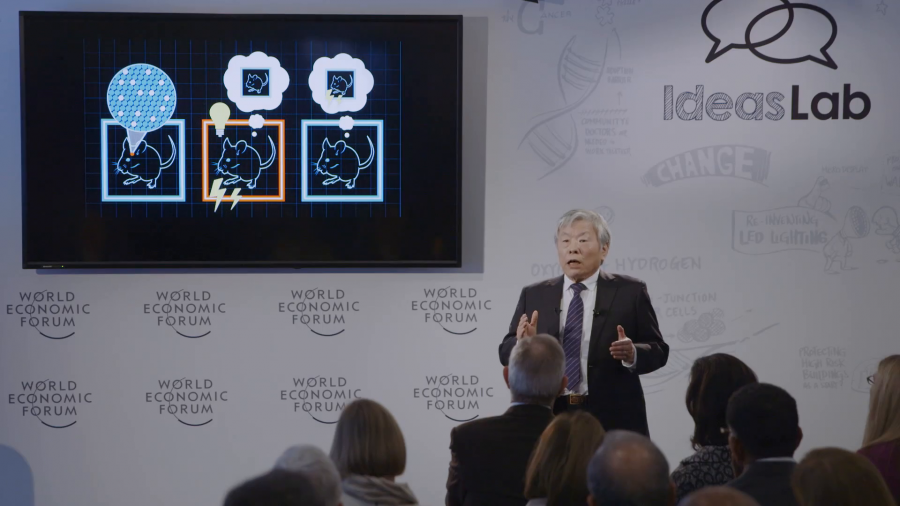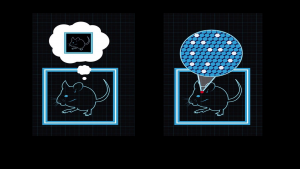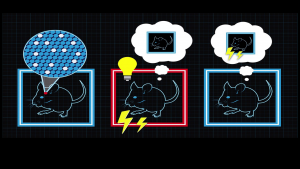Susumu Tonegawa: So, the idea that memory is stored in the brain and persistent physical changes goes back to Plato. But the modern formulation of this hypothesis had to wait until the turn of the 20th century, when Richard Semon coined the word “engram” for these persistent changes.
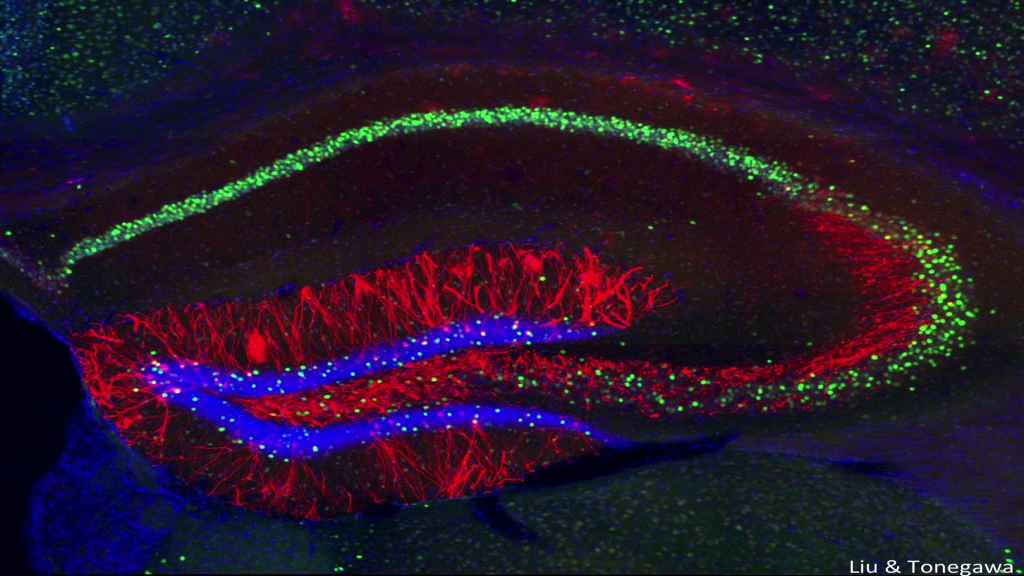
We have now identified a population of brain cells that hold a specific memory. Not only that, we can now engineer these cells with light, so that animals’ memories, emotions, and even thoughts can be manipulated. This is an idea that has existed only in the realm of science fiction until recently.
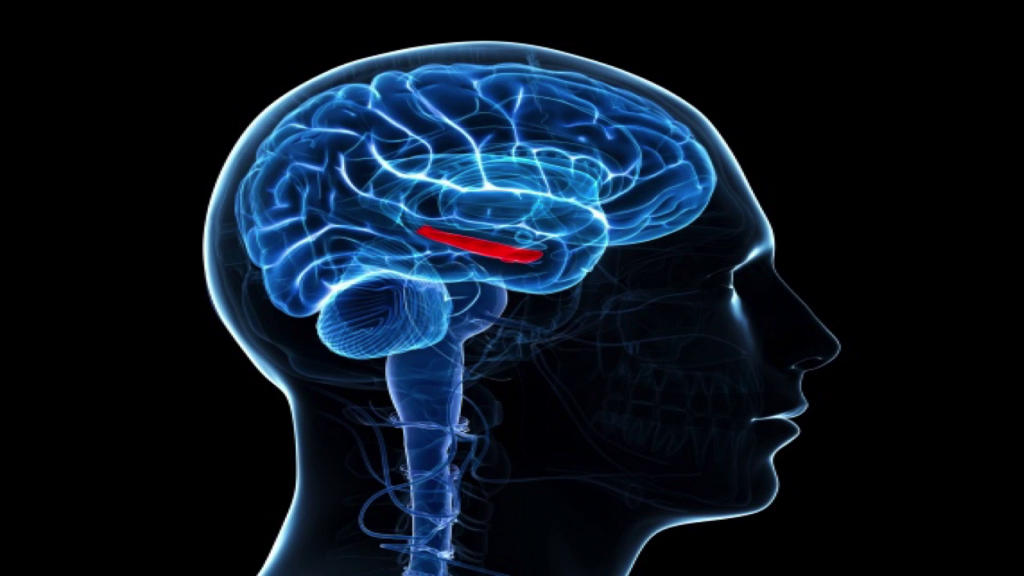
When you encounter an episode, a population of cells deep inside your brain fires. And then this will be followed by persistent changes in these cells. You can recall this memory only when external stimuli reactivate these cells. So, these hypotheses have now been proven to be correct by using a technology called optogenetics. The key molecule of optogenetics is a light-sensitive protein called channelrhodopsin, which is extracted from green algae. Scientists can insert channelrhodopsin into memory cells. Subsequently, scientists can even activate these with blue light which they deliver deep inside the brain with optic fibers.
Now, memory is usually quite reliable. But under certain conditions, humans make incredible false memories. For instance, after arresting John Doe #1, or Timothy McVeigh, following the Oklahoma City bombing in 1995, which some of you may remember, the testimony based on the false memory caused a nationwide manhunt for a second, John Doe #2, who never existed.
We can implant false memory in the brain of mice. For that purpose, you let mice stay in a blue box, and the let the mice form a memory of the blue box. And then you can label these cells with channelrhodopsin. Subsequently, when the mice are asleep, they are [given] a mild foot shock in a red box, which is very different from a blue box. At the same time, the animal is forced to recall the memory of the blue box. Then, if let the animal return to the blue box, they will be scared. This is a demonstration of formation of false memory, because this mouse has never been shocked in the blue box.
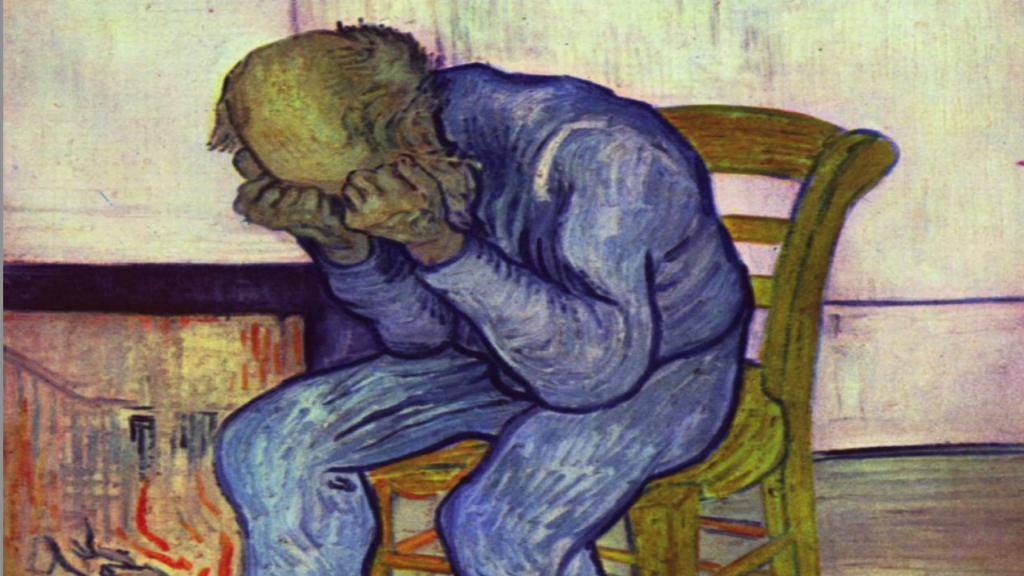
Detail from Vincent Van Gogh, “Old Man in Sorrow (On the Threshold of Eternity)”
Depression is a terrible brain disorder which afflicts 350 million people worldwide. Depression is often caused by chronic stress which precipitates a series of negative memories. We know now that the negative and the positive memories compete with each other in the brain network. Using this principle, we have recently made a very exciting discovery, that is to cure depression with optogenetic technology.
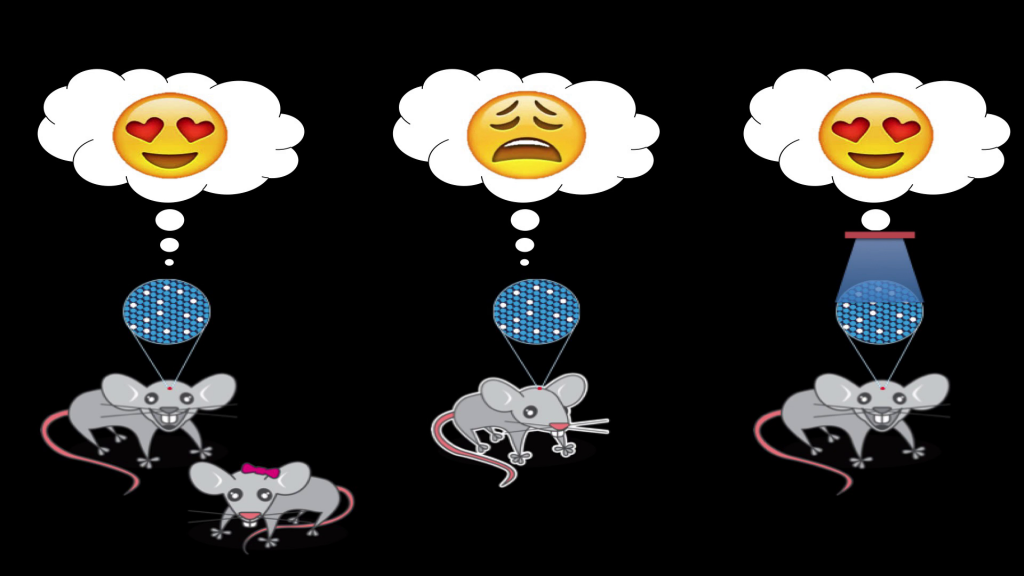
For this purpose, we made a mouse form [pleasurable] memories by playing with a female mouse, and then subjected it to chronic stress treatment and fall into depression. We could cure the depression of this male mouse by activating the positive memory engram cells with light.
Scientists can also cure the problem of mice with the early stages of Alzheimer’s disease. These mice can form memories, but cannot retrieve the memories. But we could restore the memory recall of these mice by using optogenetic technology.
So, optogenetics has demonstrated proof of concept for possible therapy for a variety of diseases. The big question is now, can we convert or translate these findings made with animal models into therapy for human patients?
Further Reference
Tonegawa Lab, MIT
